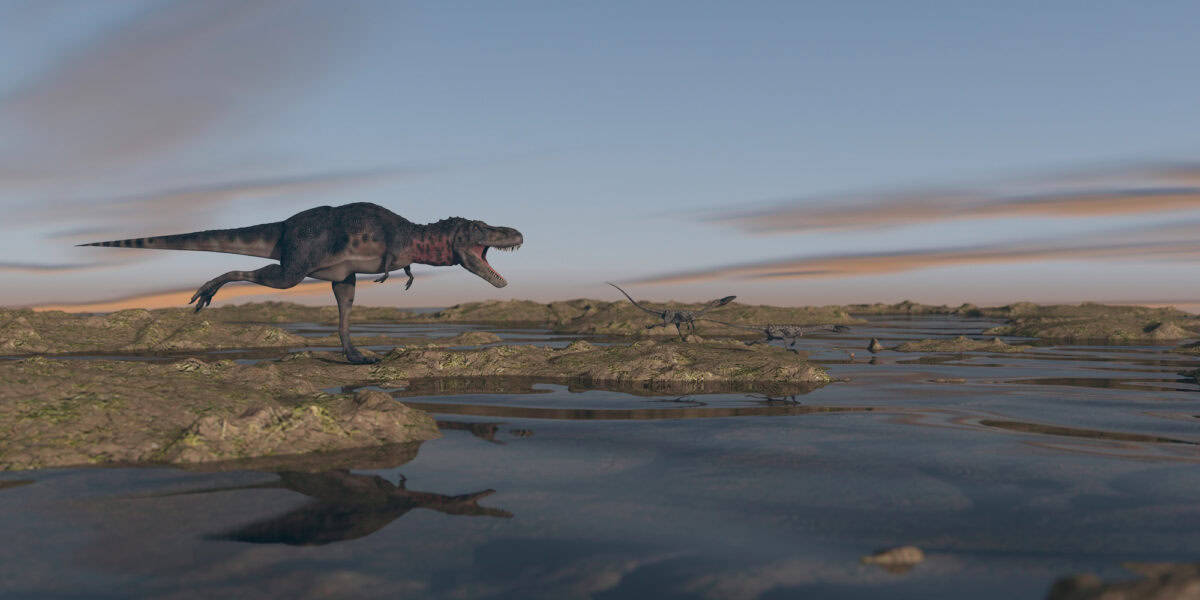Dinosaurs have long fascinated humanity, capturing our imagination with their sheer size and ancient mystique. Among these ancient giants, Argentinosaurus stands as one of the most awe-inspiring creatures that ever walked the Earth. With its staggering size and otherworldly presence, Argentinosaurus provides us with a glimpse into a bygone era dominated by colossal reptiles. This article delves into the world of Argentinosaurus, providing insights into its characteristics, lifestyle, and the scientific marvels it continues to inspire.
Discovery of a Giant

The revelation of Argentinosaurus in the early 1990s marked a significant moment in paleontology. The remnants of this titanic creature were unearthed in Argentina, giving it the name “Argentine lizard.” These fossils belonged to a species that walked the Earth approximately 94 to 97 million years ago, during the Late Cretaceous period.
The Mammoth Size of Argentinosaurus

Argentinosaurus is often celebrated for its immense size, captivating the imagination of scientists and enthusiasts alike. Estimates suggest that this sauropod could reach lengths of up to 100 feet and weigh as much as 100 tons. This giant was longer than the modern blue whale, making it one of the largest land animals to have ever existed.
Long Neck, Long Journey
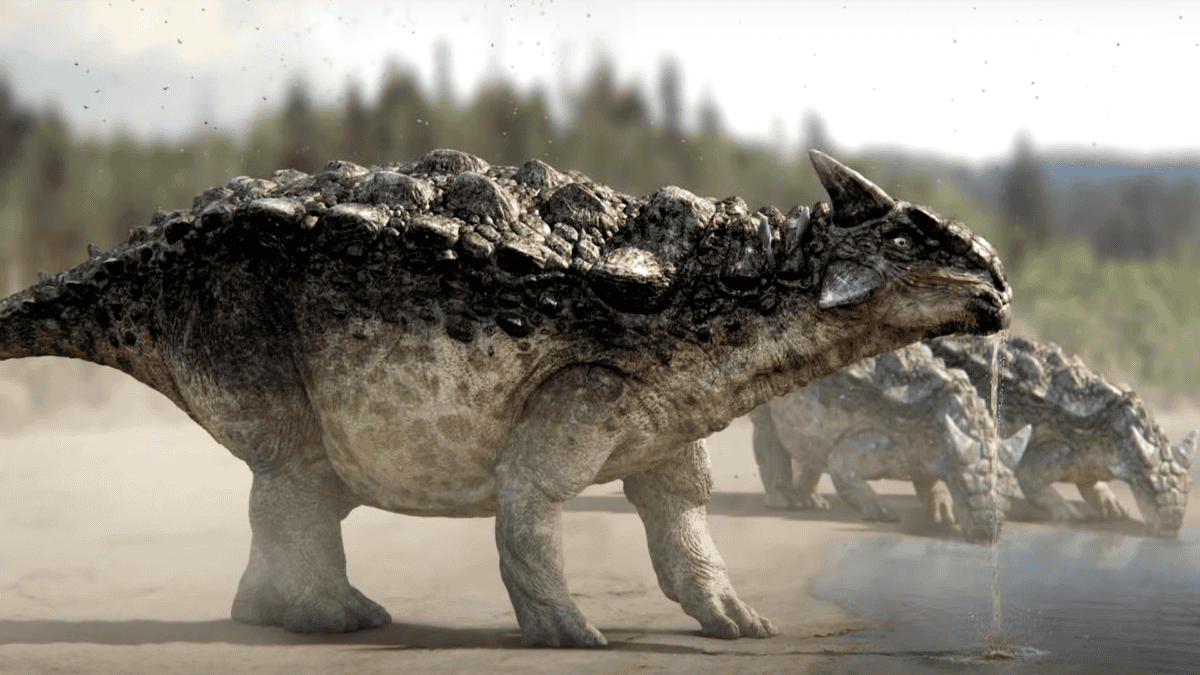
The elongated neck of Argentinosaurus was not just for show; it played a crucial role in its survival. This trait helped it access food from a variety of heights and allowed it a broad feeding range, minimizing the need for constant movement. These adaptations are key to understanding its lifestyle and ecological niche.
Biomechanics and Locomotion
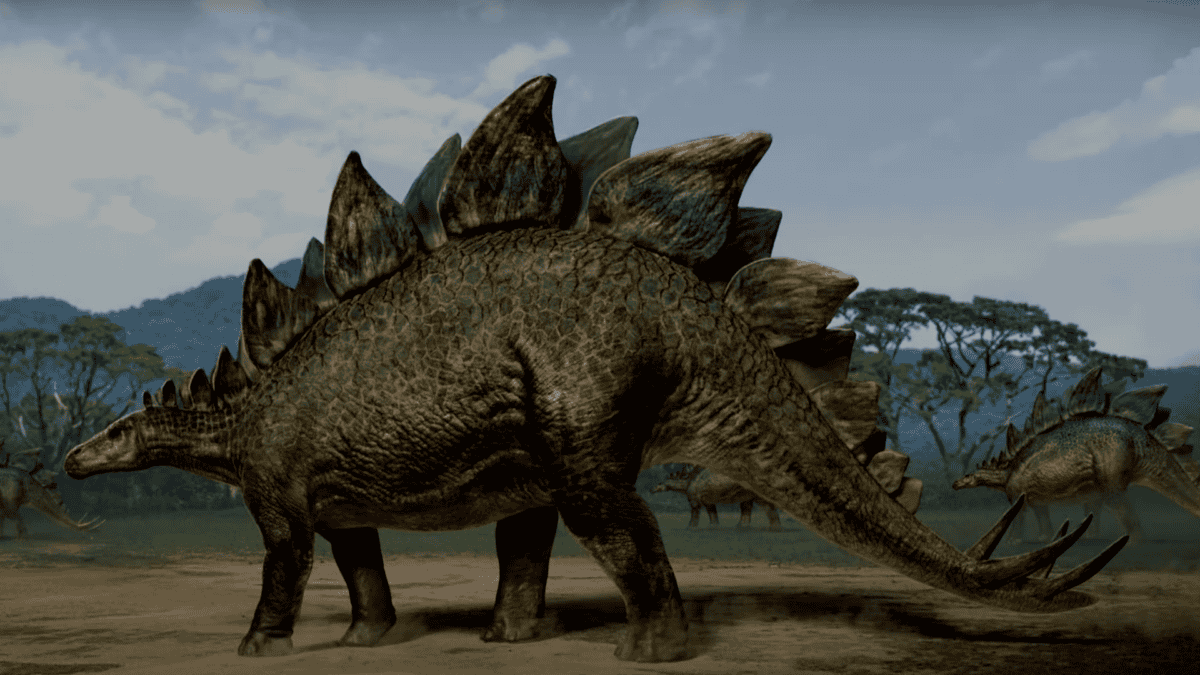
Walking on four sturdy legs, Argentinosaurus relied on a pillar-like limb structure to support its massive heft. Scientists have studied the biomechanics of this dinosaur, noting that its locomotion was more about stability than speed. The immense size of its body required a thoughtful energy conservation strategy as it moved through prehistoric landscapes.
Dietary Habits of a Herbivorous Giant
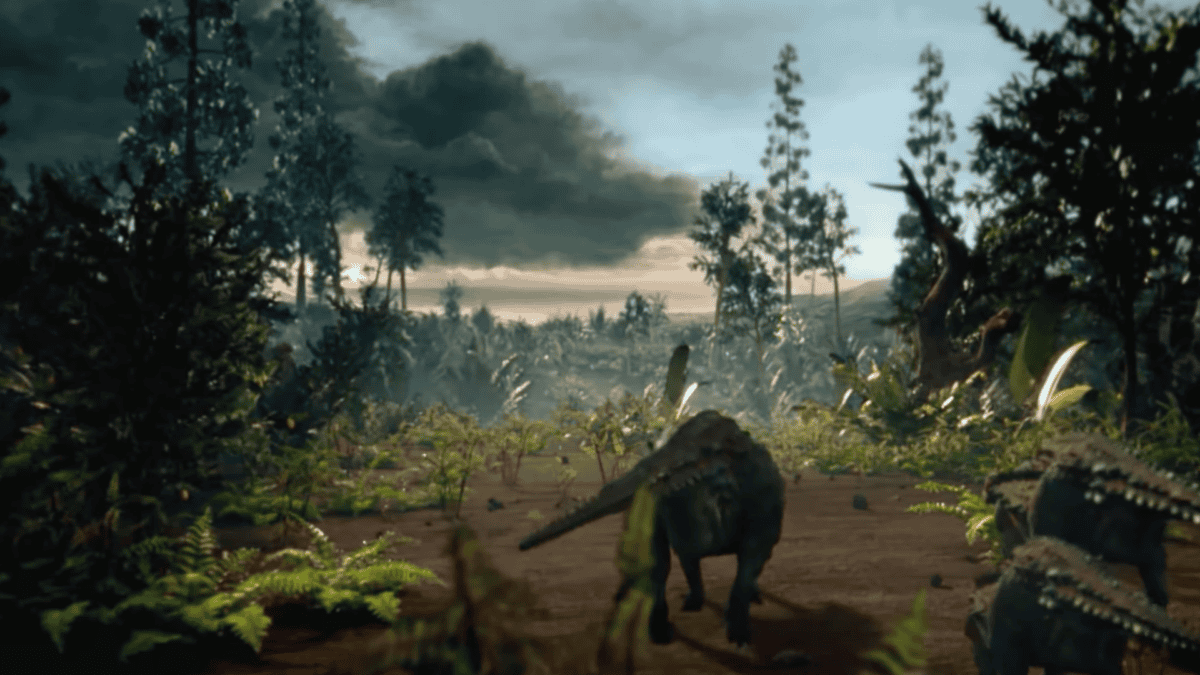
Argentinosaurus primarily subsisted on a plant-based diet, consuming vast amounts of foliage to sustain its massive body. Its diet likely consisted of conifers, cycads, and, possibly, flowering plants. Paleontologists believe that its flat teeth and strong digestive system allowed for efficient processing of tough plant materials.
Social Behavior and Habitat

Understanding the social dynamics of Argentinosaurus offers fascinating insights into its existence. Evidence suggests that these dinosaurs may have traveled in herds, which provided safety in numbers against predators and maximized feeding opportunities. Their preferred habitats were vast floodplains and river valleys abundant in vegetation.
Argentinosaurus A Paleontological Puzzle

Despite the discovery of several fossilized remains, Argentinosaurus continues to puzzle paleontologists due to the scarcity of complete skeletons. Each discovery adds to the body of knowledge, but the full picture remains elusive. These challenges exemplify the intrigue and complexity of studying prehistoric life.
Technological Advances in Dinosaur Research

Modern technology plays a pivotal role in unraveling the mysteries of Argentinosaurus. Advanced imaging techniques and computer simulations help scientists better understand its anatomy and physiology. Through these methods, researchers can visualize how this giant might have moved or interacted with its environment.
Argentinosaurus in Popular Culture
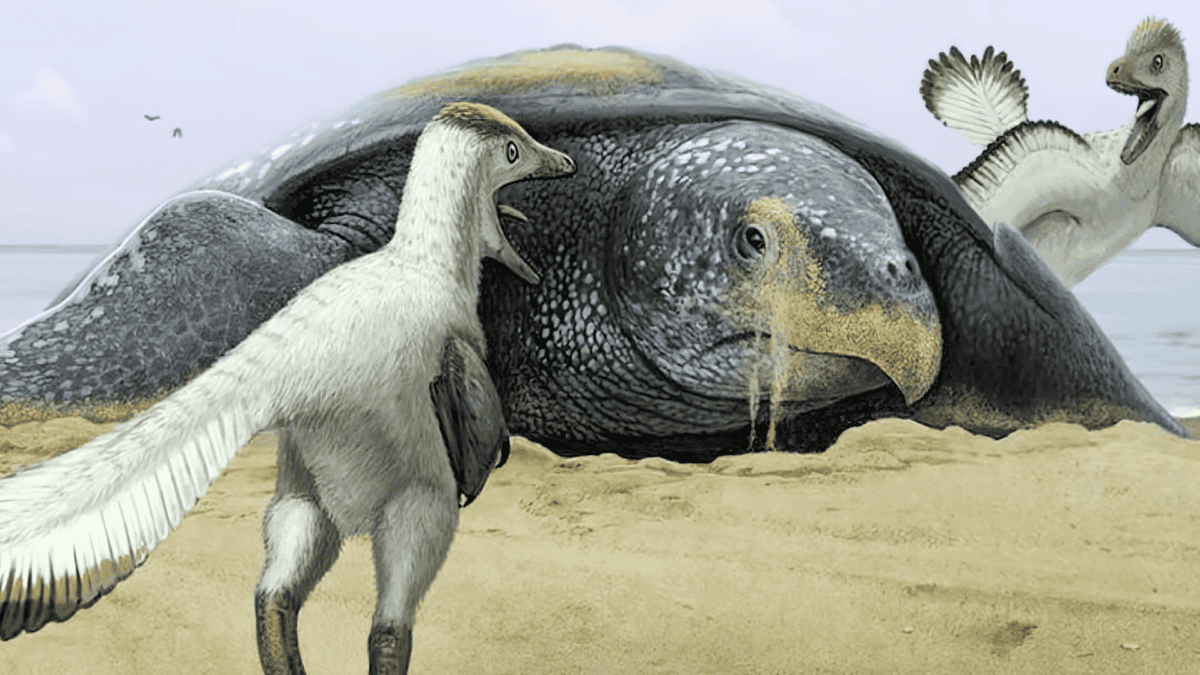
The fascination with Argentinosaurus extends beyond academia into popular culture. Frequently featured in documentaries and exhibitions, this colossal dinosaur captivates audiences, serving as a symbol of the incredible diversity and scale of the dinosaur era.
A Legacy of Magnitude

Argentinosaurus leaves behind a legacy that highlights the grandeur of prehistoric life. Its skeletal replicas in museums worldwide inspire awe and curiosity, reminding us of the vast expanse of Earth’s history and the epic life forms that once dominated our planet.
Educational Value in the Study of Giants

Studying Argentinosaurus and other large dinosaurs provides valuable lessons about evolution, adaptation, and environmental changes. By understanding life in the Cretaceous period, we gain insights into biodiversity and the dynamic processes that shape the natural world.
The Continuing Search for Answers
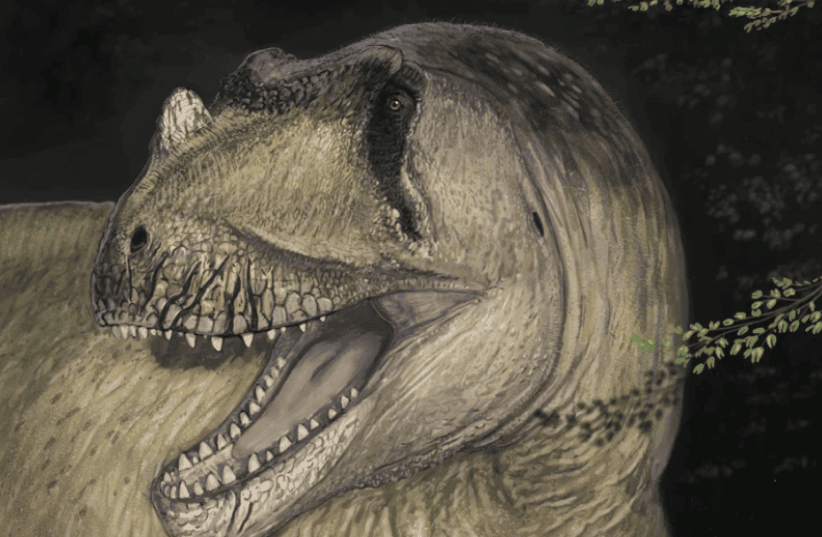
The study of Argentinosaurus is an ongoing journey, with paleontologists eagerly searching for new evidence to fill gaps in our understanding. Each piece of the puzzle builds our appreciation for these creatures and enhances our knowledge about the complexity of life on ancient Earth.
Conclusion

The behemoth Argentinosaurus stands as a testament to the magnificence and diversity of life forms that once roamed the Earth. As one of the largest known dinosaurs, it challenges our understanding and fuels our curiosity about the past. Whether through scientific exploration or cultural representation, Argentinosaurus continues to captivate, educating us about a world long gone but never forgotten in its grandeur and mystery.
- 10 Common Chicken Behaviors and What They Mean - August 9, 2025
- 14 Creatures That Can Freeze and Thaw Back to Life - August 9, 2025
- 10 Animals That Risked Their Lives to Save Humans - August 9, 2025

